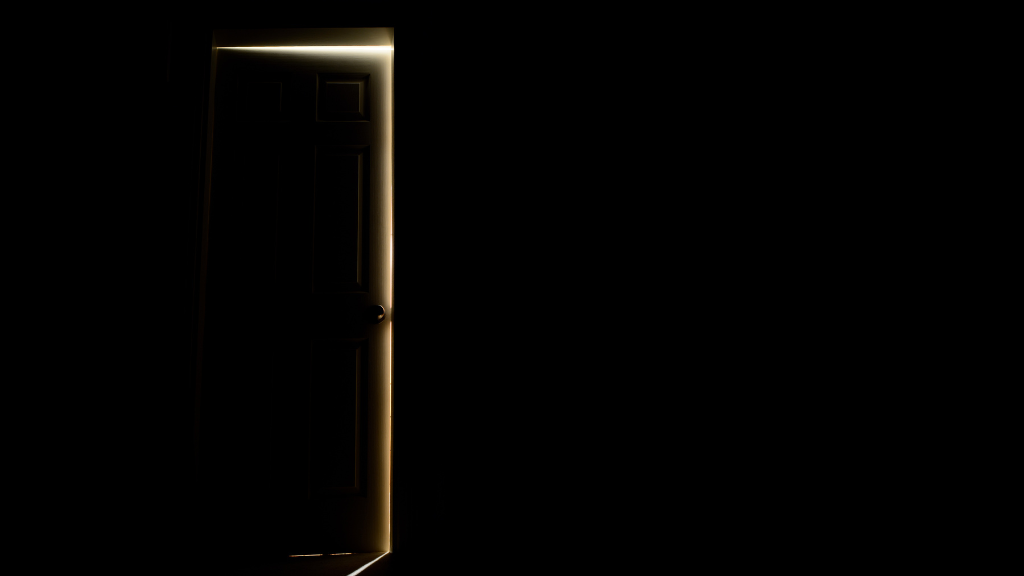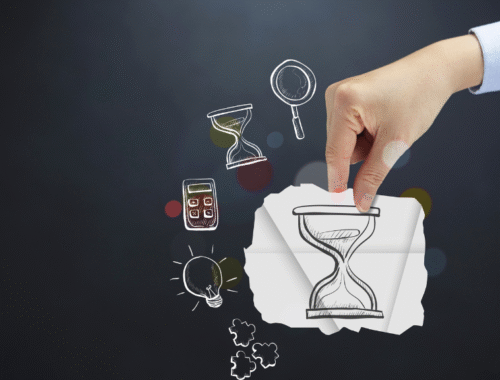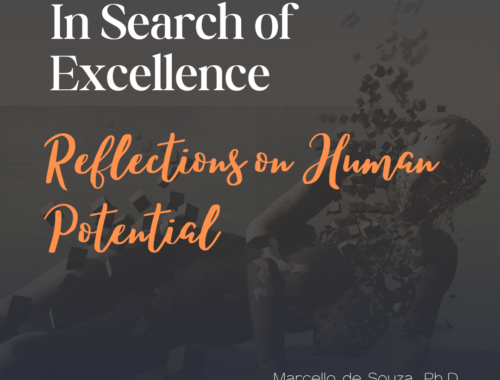
THE SILENCE THAT IGNITES
“Between silence and impulse, boredom reveals itself not as emptiness, but as the prelude to an inner revolution.”
Imagine that moment when the air around you feels thick, as if the world had slowed down to a point of near immobility. You stare at your phone screen, scroll aimlessly, and nothing truly captures your attention. The day drags on, predictable as a clock ticking without purpose, and suddenly an inner spark appears: an urgency for something—anything—that might break this oppressive stillness. That’s when unexpected choices emerge—a compulsive purchase that unbalances the budget, a message sent in the heat of the moment to someone from the past, or even a physical risk that, deep down, you know you could have avoided.
Why do we do this? It’s not mere weakness or lack of control; it’s something subtler—a force that pushes us toward the unknown when the known becomes unbearably monotonous.
“Boredom is not the absence of meaning. It is the silent call of the soul asking to awaken.” — Marcello de Souza
Think about it: in an era where everything is accessible with a touch, where notifications promise constant excitement, why do we still feel trapped in an emotional vacuum?
Perhaps because this abundance of options creates an illusion of movement, yet in reality leaves us starving for genuine depth. Boredom is not mere absence; it is a disguised invitation, an uneasiness that reveals the cracks in our meticulously constructed routines.
When we ignore this signal, it transforms into a catalyst for actions that, at first glance, seem self-destructive.
But what if those impulsive choices were, in fact, desperate attempts to reconnect with a sense of vitality—a primitive way of shaking the sleeping soul, forcing it to awaken through abrupt contrast?
Boredom as a Symptom of the Hunger for Depth
Consider how much our contemporary life amplifies this dynamic.
We live in a constant flow of superficial stimuli—endless feeds, binge-watched series, digital conversations that evaporate into thin air.
Yet the more we consume, the more our emotional palate becomes numb. Then arises a thirst for novelty that refuses to be satisfied with the predictable.
It’s as if the human spirit, shaped to explore inhospitable territories, rebels against the domestication of the everyday.
Instead of seeking balance, we opt for deliberate imbalance: a risky flirtation that accelerates the heartbeat, a bold financial decision that injects adrenaline into the veins, or a physical adventure that tests the body’s limits.
These actions do not aim for pure pleasure; they yearn for rupture—for the break that makes us feel alive again, even if the price is a hangover of regret.
From Chaos to Creation
But there is a deeper layer here, something that transcends the immediate.
What happens when we allow this restlessness to settle instead of fleeing from it?
Imagine transforming the void into a gestational space, where ideas sprout not from chaos, but from intentional pause.
Amid apparent silence, the mind begins to weave unexpected connections—glimpses of possibilities that constant noise suffocates.
It is within this interval that insights emerge, redefining trajectories: a stagnant career that finds new direction, relationships that reinvent themselves through authentic dialogue, or habits that dissolve to make room for rituals more aligned with our essence.
The secret lies in cultivating a presence that observes without judgment, allowing discomfort to reveal its nuances.
Instead of filling the void with fleeting distractions, we use it as a mirror to question: What do I truly long for beyond the surface?
Reflect on how this search for contrast shapes not only personal decisions but the social fabric around us.
In a world where stability is sold as the pinnacle of achievement—secure jobs, optimized routines, lives curated for Instagram—boredom emerges as a natural subversive.
It reminds us that humanity was not forged in complacency, but in the tension between the known and the unexplored.
How many innovations, profound relationships, or collective transformations were born from a simple “what if?”—driven by that latent dissatisfaction?
Yet the danger lies in letting it lead us to the abyss without an anchor. Blind impulsivity can create vicious cycles: a risky choice that offers momentary relief but deepens the emptiness in the long run—like an addiction that promises freedom but delivers chains.
What if, instead of fighting boredom, we invited it to a more refined dance?
Imagine restructuring the day not with more tasks, but with layers of intention that infuse meaning into the ordinary:
a walk that is not merely exercise, but a sensory exploration of the environment;
a conversation that goes beyond the superficial, diving into vulnerable territories;
a personal project that challenges dormant abilities.
Here, novelty need not be extreme—it can be subtle, like shifting the angle of vision on a familiar routine.
This approach transforms impulse into conscious evolution, where risk is calculated not to destroy but to build.
Boredom, then, ceases to be an enemy and becomes an ally—a guide that pushes us beyond self-imposed boundaries.
Consider Its Impact on the Intimate Sphere
How often does an impulsive decision in a relationship—a sharp word, an abrupt exit—arise not from genuine anger, but from an unnamed monotony?
The partner becomes the stage for our internal dissatisfaction, and we seek in them the spark we lack in ourselves.
But by recognizing this origin, we open space for a more authentic connection: dialogues that explore the unexplored, gestures that break patterns without breaking bonds.
It is a delicate art—balancing stability with effervescence—but it is precisely in that tension that love deepens, becoming not a habit but an ongoing journey.
The Neuropsychic Architecture of Boredom and Transformation
From a neuroscientific perspective, boredom is not the absence of brain activity—it is a state of internal reorganization.
When the mind finds itself deprived of external stimuli, a significant change occurs in neural dynamics.
The brain networks associated with external attention (such as the task-positive network) reduce their activity, while another network—the so-called Default Mode Network (DMN)—takes the lead.
This network, which encompasses structures like the medial prefrontal cortex, posterior cingulate cortex, and hippocampus, is responsible for processes such as introspection, imagination, self-reference, and future planning.
In other words: it is in boredom that the brain begins to talk to itself.
What appears to be “idleness” is, in fact, latent creative activity—a silent laboratory where the brain simulates possibilities, revisits memories, and constructs alternative narratives.
Studies in cognitive neuroscience show that when we are not focused on an immediate task, the brain enters this “default mode” to integrate experiences and generate meaning.
It is within this hiatus that creative insights, epiphanies, and identity reconfigurations emerge.
In other words, what we call boredom is, biologically, the prelude to an internal reorganization—a necessary pause for the brain to “synchronize” itself.
But there’s a paradox: our dopaminergic society does not tolerate pauses.
The reward system, mediated by dopamine, was shaped to seek novelty, not to sustain waiting.
When the environment offers no stimuli, a drop in dopamine release occurs, and we feel discomfort.
It is this chemical unease that drives the individual to act impulsively—seeking any source of excitement that restores the dopaminergic peak.
That’s why we spend, eat, send messages we shouldn’t, or create small emotional dramas—not out of weakness, but due to an inability to metabolize the brain’s chemical silence.
And this is precisely where we enter psychic territory.
From a psychological standpoint, boredom is a paradoxical defense mechanism—it arises when there is a gap between the real self and the desired self.
The psyche, confronted with the absence of stimulus, faces the void of meaning.
Freud saw boredom as a form of “objectless” anxiety—a repressed psychic energy without defined direction.
Jung, on the other hand, saw in that same state the portal to individuation—the moment when consciousness is forced to face the unconscious and its repressed contents.
In modern terms, we can say that boredom is the field where the unconscious knocks on the door of consciousness, asking for symbolic renewal.
Therefore, when we do not flee from boredom, we allow the neurochemistry of discomfort and the symbology of emptiness to work together.
Dopamine stabilizes, the prefrontal cortex regains command, and the psyche finds new narratives for experience.
From that point on, what once was restlessness becomes curiosity; what was despair transforms into insight.
The mind, once scattered, learns to transmute impulsivity into creative imagination—and chaos, once threatening, turns into raw material for creation.
This integration between neuroscience and psyche reveals something essential: boredom is not the opposite of life; it is the pause between two chapters of our inner evolution.
When we embrace it, we give both brain and soul the chance to rewrite, together, the narrative of presence.
The Invisible Signal of Stagnation
Now, extend this lens to the professional realm. In corporate environments where efficiency reigns supreme, boredom seeps in like a subtle fog, eroding motivation day by day. Repetitive tasks, soulless meetings, goals that echo like empty reverberations— all of this fuels a hunger for something more. Some respond with subtle sabotages: procrastination disguised as multitasking, hasty decisions promising innovation but delivering confusion. Others, more astute, channel this energy to reinvent their role: introducing elements of creativity into rigid processes, seeking unexpected collaborations, or redefining objectives to align them with a greater purpose. Here, boredom reveals itself as a thermometer of the organizational soul, signaling where innovation has been suffocated by conformity.
What makes this dynamic so striking is its camouflaged universality. In a society that glorifies constant action, we rarely admit that boredom moves us. We prefer to label it as laziness, distraction, or lack of focus, ignoring its transformative power. Yet, by embracing it, we discover that it is not emptiness, but potential in suspension. It forces us to confront what we avoid: the questions echoing in the silence, like “what truly makes me feel alive?” or “where is this path taking me?” Answering them requires courage, as it implies dismantling comfortable structures in favor of something uncertain, yet vibrant.
Consider, for instance, how boredom influences our interactions with the digital world. Platforms designed to keep us engaged paradoxically amplify monotony: algorithms serving the same type of content, bubbles reinforcing pre-existing views, connections that seem deep but evaporate at the first conflict. This generates the impulse for rupture—accounts deleted in a fit, heated debates in comments, or searches for controversies that stir the spirit. But what if we used this dissatisfaction to cultivate more intentional experiences? Selecting content that challenges rather than confirms, building networks based on genuine dialogue, not ephemeral likes. In this way, the digital ceases to be a trap and becomes a tool for expansion.
Ultimately
At the heart of this exploration lies an elegant truth: boredom is the guardian of authenticity. It prevents us from settling for mediocrity, forcing us to seek deeper layers of existence. When we respond consciously, it guides us toward a renewal that is not chaotic but orchestrated—a symphony where each note of discomfort contributes to a greater harmony.
Perhaps the real leap occurs when we learn to speak with ourselves—and, above all, truly listen. Not listen to what we want to interpret about ourselves, but to what we are genuinely saying internally, beneath the noise of justifications and narratives we tell to keep everything under control.
We must transform the mental monologue into a conscious dialogue between “I and myself”—an encounter where we become not just passive listeners, but active interlocutors of our own soul. When this happens, inner silence ceases to be absence and becomes presence. The mind, instead of being a stage for repeated thoughts, transforms into a space of revelations.
We begin to converse with what is deepest within us—and in this dialogue, boredom becomes a symbolic language of the soul, a translation of what has not yet been spoken but insists on being felt. Imagine, then, a life where the everyday is not a prison but a canvas: painted with intentions that infuse wonder into the mundane, transforming routines into rituals of discovery. Here, impulsive decisions give way to deliberate choices, guided not by emptiness but by the vision of a broader self.
And so, as we navigate this restlessness, we realize that the surprising aspect behind our “poor” decisions is not weakness, but a call for more.
More depth, more connection, more vitality.
Boredom, after all, does not condemn us to impulsivity; it invites us to a reunion. To listen, to question ourselves, to respond with courage.
It is the silent invitation to the most transformative dialogue we can have: the one between who we are and who we might yet become.
Allow it to be the catalyst for a life that pulses with genuine presence, where every moment is an opportunity to transcend the ordinary and embrace the extraordinary.
#marcellodesouza #marcellodesouzaoficial #coachingevoce #behavior #reflection #neuroscience #selfknowledge #leadership #authenticlife

O SILÊNCIO QUE INCENDEIA

EL SILENCIO QUE INCENDIA
Você pode gostar

WHEN GENEROSITY GOES WRONG
14 de janeiro de 2024
“LATE”? YOUR BRAIN IS LYING TO YOU
12 de julho de 2025